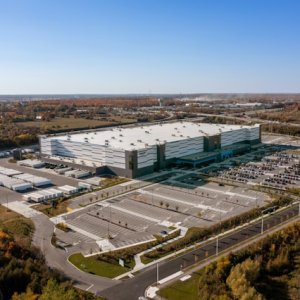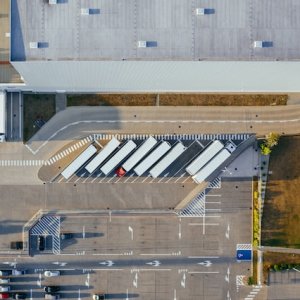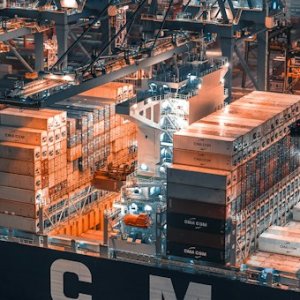The Logic Behind Industrial FIBRAS

STORY INLINE POST
Q: What are your expectations for the country and the next administration?
A: I hope AMLO succeeds. I also hope the new agreement will be beneficial for Mexico. Regarding investment, I think the Peña Nieto administration achieved a good synergy between the public and private sectors. ProMéxico also developed positive initiatives for investment attraction. I think this promotion should continue regardless of the change in administration. In this scenario, the challenge for Terrafina and the rest of the business sector is to remain present and united, pursuing what is in Mexico’s best interest. To achieve this, we actively take part in several institutions, such as AMPIP, promoting investment in the country. But our main goal is to foster our investors’ success.
I also think that the Fibra sector is performing very well in general terms. The Mexican Association of Fibras (AMEFIBRA) is bringing important topics such as regulation to the table. There are opportunities to improve the current legislation but my expectations for the sector are excellent.
Q: The issuance of CBFIs allows a greater segment of the population to invest. What is the next step in making investment accessible to more people?
A: The legislation that gave birth to Fibras aimed to boost real estate development, for the industrial sector in our case, and laid the industrial foundation of the country. If Mexico has strong industrial developments and a healthy supply of parks at world-class competitive prices, this will boost investment. Fibras and similar financial vehicles allowed more people to profit from real estate. Before, only multimillionaires could invest in the sector. Imagine three people buying a building together and leasing it. Half of the rent covers the asset’s expenses and the other half goes into its owners’ pockets, insured by the asset itself and a long-term contract. Now imagine the same scheme for hundreds of buildings purchased by hundreds of members through CBFIs and with a 10 percent yearly return from the buildings. The value of our properties in the country is US$2.4 billion. Besides their natural valorizations, these also rely on stock value and as more people invest, the recovery also increases. But these investments comes with a risk, which is related to capital and macroeconomic factors. If the economy becomes stagnant and properties are not rented, then the investment suffers. But at our 95.1 percent occupancy rate, such a situation should lower this rate to 40 percent, which implies a low risk.
Q: What are Terrafina’s goals over the next five years and how will they be achieved?
A: We have seized the growth opportunities that we have encountered. Our growth strategy was based on acquisitions, development and the organic growth of our portfolio. We started with an 80 percent occupancy rate, which we have significantly improved in a short period. While we are not developers, we do know how to develop, which is positive as the recovery for developing is higher than for acquisitions. But the greatest part of our growth comes from the latter. We bought excellent portfolios from Intermex, American Industries and Davisa, just to mention a few. We increased the volume and quality of our portfolio through follow-ons for raising capital from the market.
Today, Terrafina is at a consolidation stage. We do not plan to raise any more capital from the market anytime soon. Our balance sheet is solid, with more than US$100 million in the bank, which is enough to keep expanding, maintaining our buildings and servicing our debt. We are experiencing a period of stability that allows us to wait and see how the business environment develops. We are satisfied with our investors and our performance and will focus on organic growth and some minor expansions. While we are enjoying this period, we also will keep some options for capitalization open. Recycling capital is key. For example, a couple of years ago we sold around 2.5 million ft2 valued at around US$100 million. We are constantly open to the possibility of recycling capital through asset sales, which is a very healthy practice in real estate. These are either vacant properties or located in markets where we want to reduce our presence.
























